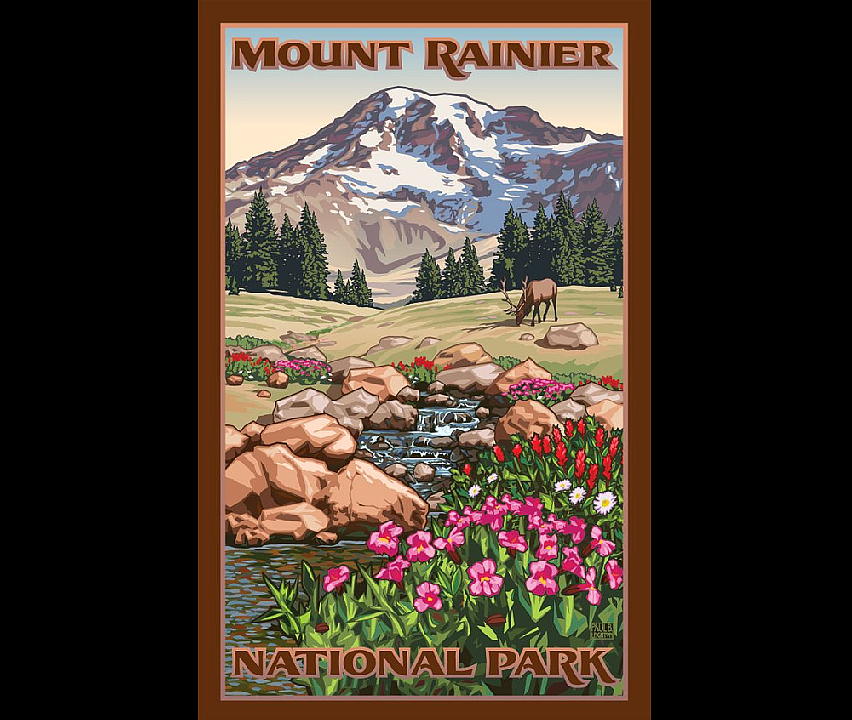A Brief History of Mount Rainier National Park
March 11, 2024 at 7:11 p.m.
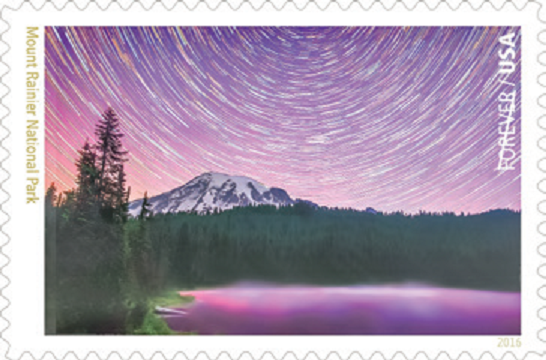 Courtesy National Park Service
Courtesy National Park Service
The first recorded climb of the mountain was in 1870. Other climbers and explorers would soon follow. In 1883, James Longmire, on his way down from summiting the mountain, found a mineral spring and opened a hotel and spa there not long after.
It was not predetermined that Mount Rainier would become a national park. A growing interest in timber led to the formation of the Pacific Forest Reserve in 1893, renamed Mount Rainier Forest Reserve in 1897.
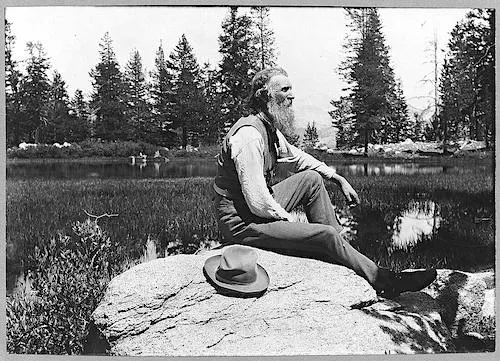 Renowned national conservationist John Muir headed the Sierra Club's effort to make Mount Rainier a national park
Renowned national conservationist John Muir headed the Sierra Club's effort to make Mount Rainier a national park 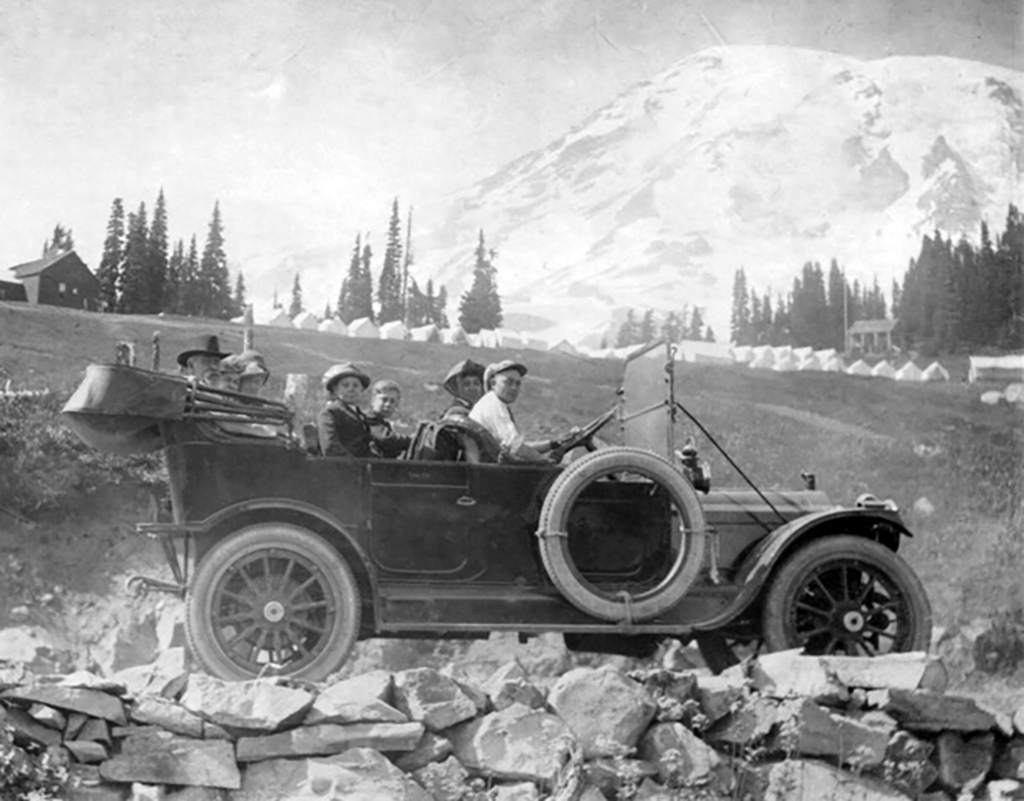 Visitors driving to Paradise, Mount Rainier National Park, photo courtesy National Park Service
Visitors driving to Paradise, Mount Rainier National Park, photo courtesy National Park ServiceThe advent of automobiles increased the accessibility of the park but also created new challenges. The Nisqually Entrance Road, also called Government Road, was the first road constructed in the park beginning in 1904. The road was planned by a landscape architect to artfully move visitors through the mountainous landscape to Longmire and then to Paradise. Mount Rainier was the first national park to allow personal vehicles and to collect entrance fees in 1907. The road to Paradise Park was finished in 1911, making travel to the mountain even easier. Development at the park grew at a torrid and often chaotic pace. Visitation ballooned from 1,786 in 1906 to 34,814 nine years later.
During the Great Depression, visitation initially fell. President Roosevelt’s "New Deal" brought new funding to Mount Rainier. Between 1933-1940, over 1,000 men from the Civilian Conservation Corps (CCC) came each summer to work on trail construction, campground improvement, and forest fire protection. A boundary expansion in 1931 pushed the park’s boundary east to the Cascade Range, bringing the Ohanapecosh area within the park boundaries.
Funding and visitation plummeted during World War II, though the park did find new use as a training ground for the army’s new mountain divisions. After World War II, the focus of the park shifted toward managing the extreme increase in visitor use.
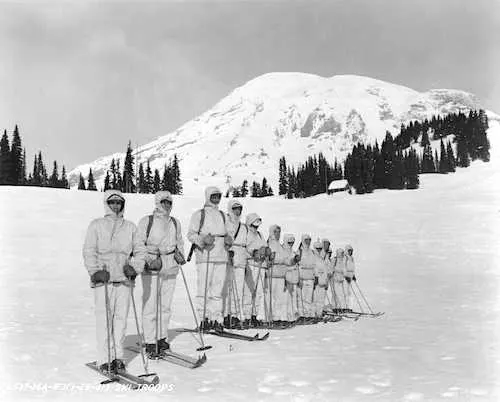 Men of the 10th Mountain Division training at Mount Rainier, courtesy National Park Service
Men of the 10th Mountain Division training at Mount Rainier, courtesy National Park Service
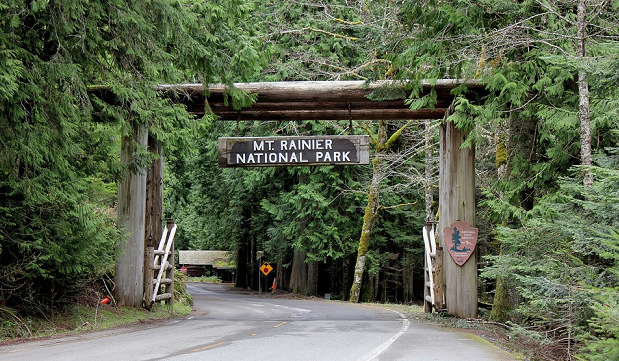
As Mount Rainier pushes into the 21st century, park management faces a challenge balancing the competing meanings of the area with increased use. But if its history is any guide, the park will adapt to new challenges and continue to preserve the mountain as a place of wonder and amazement.
This article is excerpted from the National Park Service website. To view the full article and additional photos, visit
